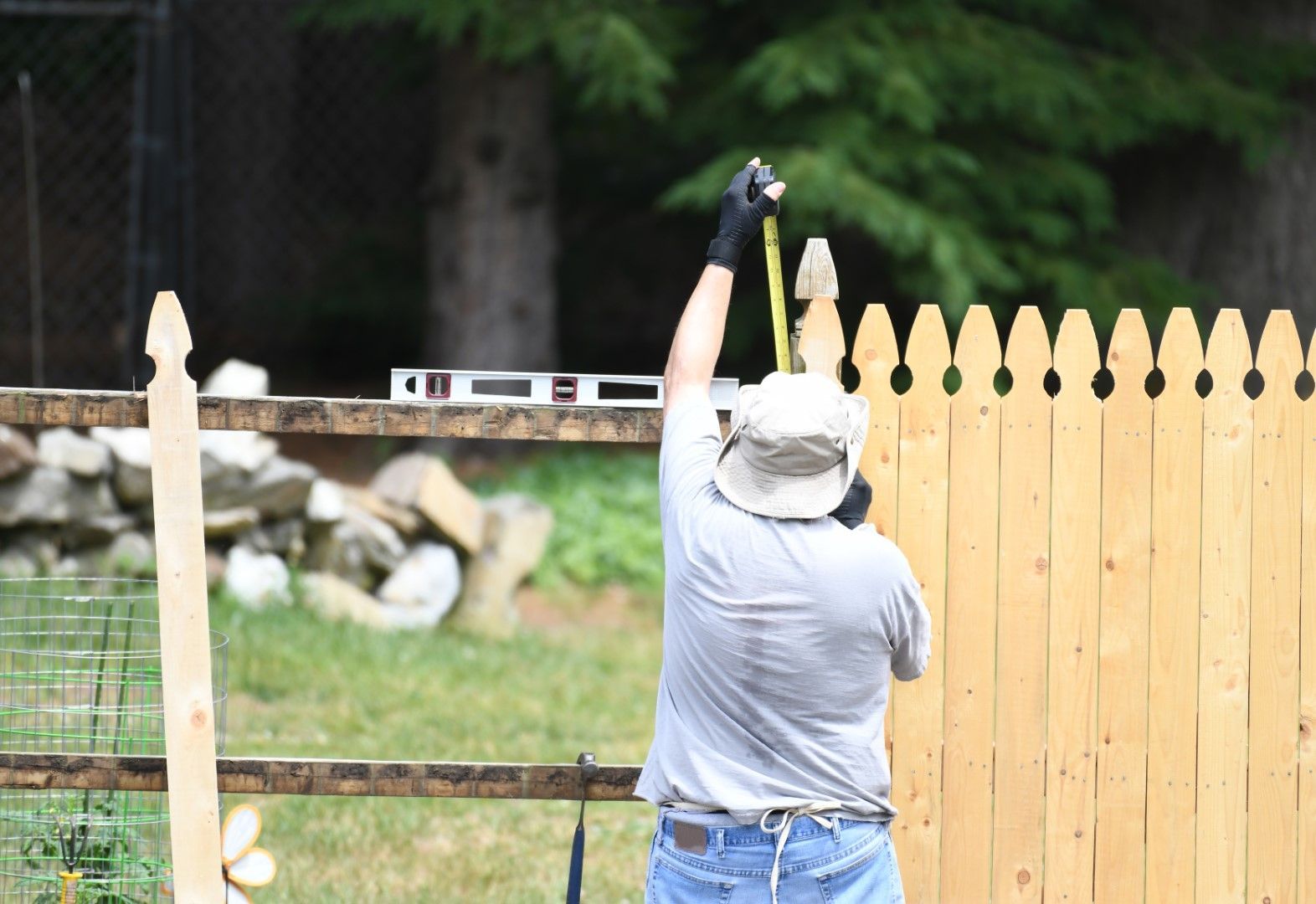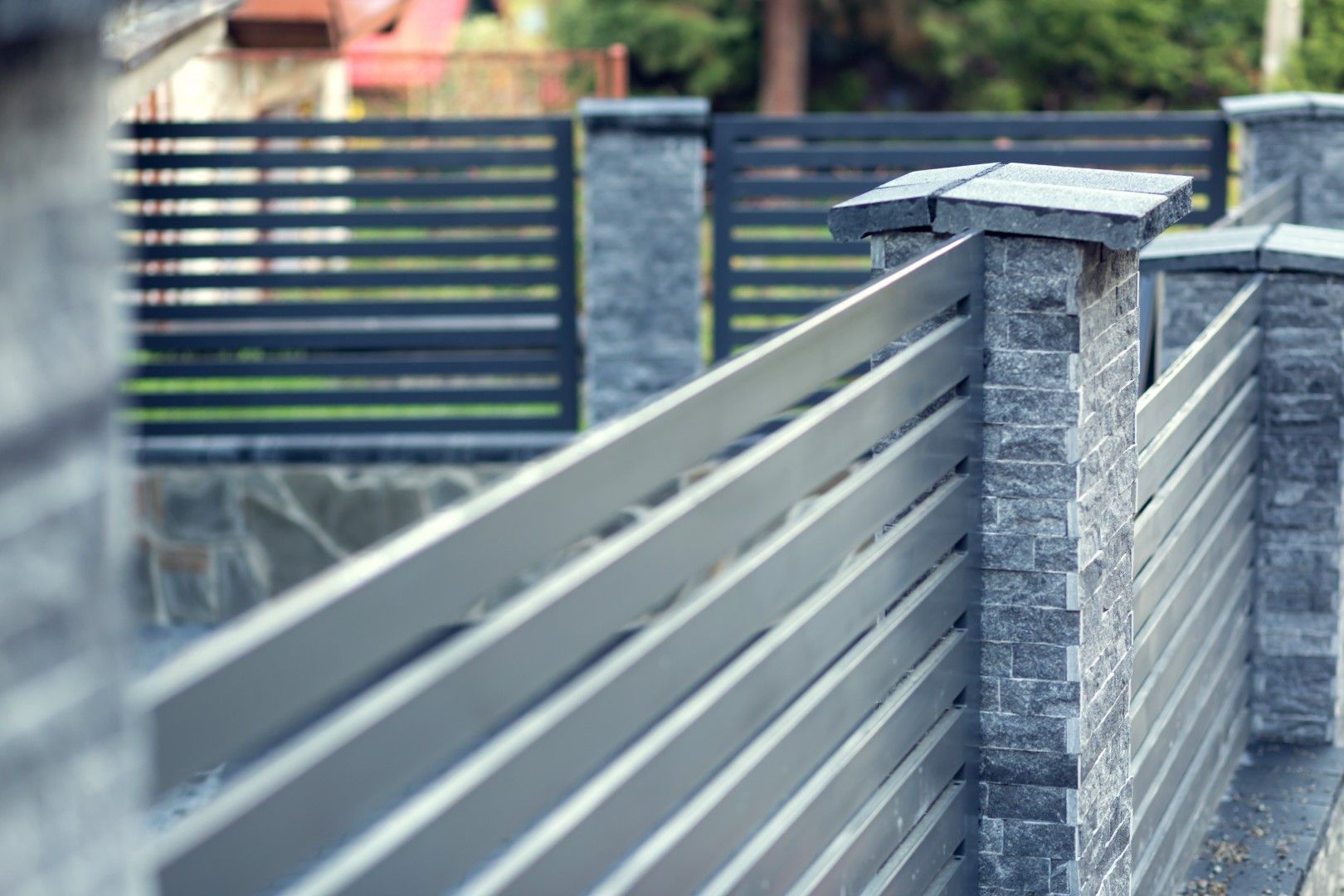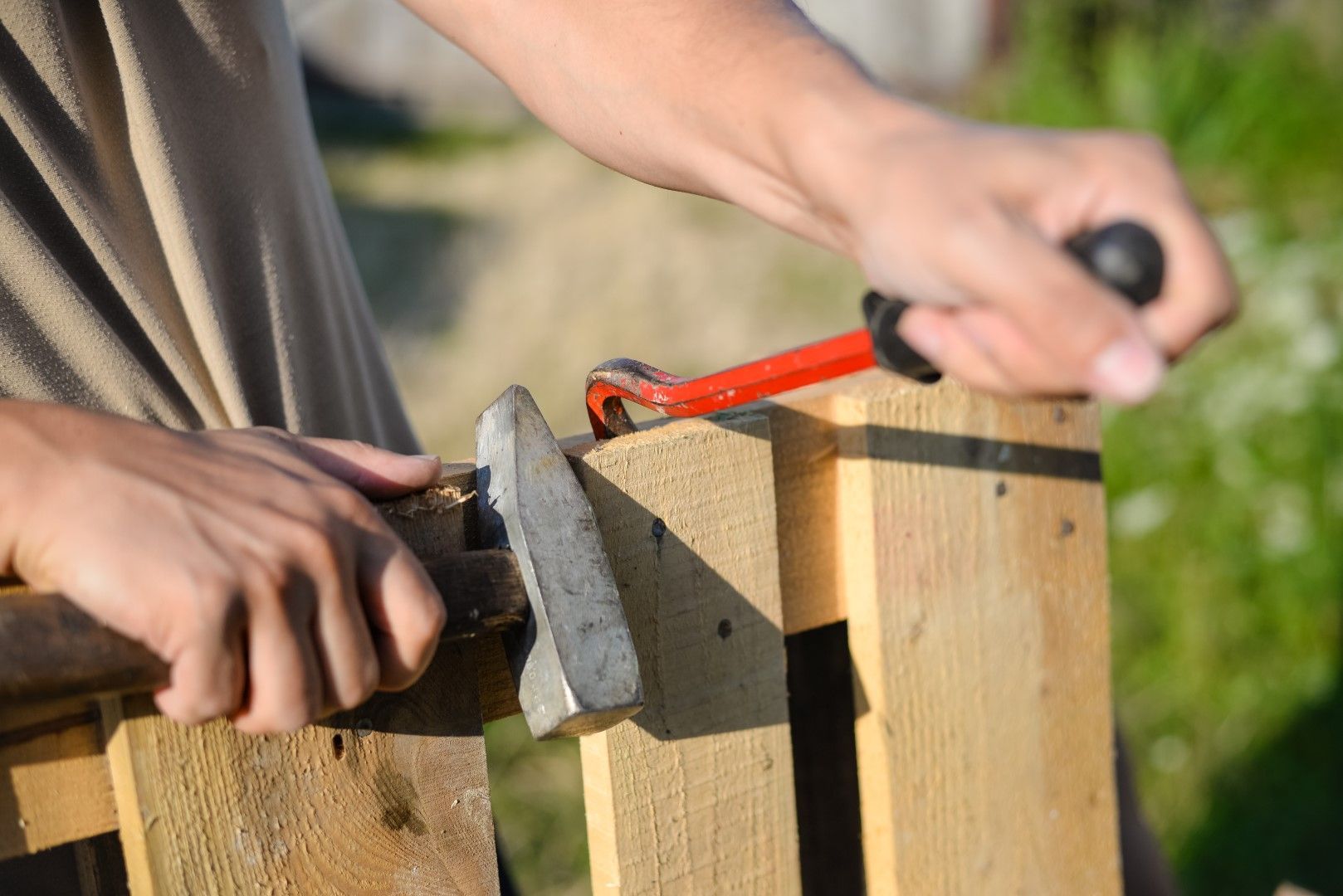Explore popular fencing options that boost privacy, security, and curb appeal.
Your backyard fence does more than just define your property line, it’s a key part of your home’s privacy, safety, and overall aesthetic. The right fence style can enhance curb appeal, complement your landscaping, and even increase property value.
With so many options available, choosing the perfect fence might feel overwhelming. But don’t worry, this guide breaks down how to choose the right fence style for your backyard based on your goals, budget, and personal taste.
1. Determine Your Main Purpose
Before you pick materials or colors, consider why you’re installing a fence. Your purpose will guide your decision.
Ask Yourself:
Do you want privacy from nearby homes?
Are you looking for security or pet containment?
Do you want to add style and value to your property?
Is your goal to reduce noise or block wind?
For example, homeowners seeking privacy might prefer solid wood or vinyl fences, while those looking to showcase their garden might lean toward wrought iron or picket styles.
2. Choose the Right Material for Your Climate and Budget
Fence materials vary in cost, maintenance, and lifespan. The right one depends on your needs and your local environment.
Wood Fences
Best for: Traditional charm and privacy
Pros: Natural beauty, customizable designs
Cons: Requires sealing or staining every few years
Vinyl Fences
Best for: Low-maintenance durability
Pros: Resistant to moisture, rot, and insects
Cons: Can be more expensive upfront than wood
Wrought Iron or Steel Fences
Best for: Security and elegant curb appeal
Pros: Extremely strong and long-lasting
Cons: Can rust if not treated and may offer less privacy
Composite Fences
Best for: Eco-friendly, modern homeowners
Pros: Made from recycled materials, low maintenance
Cons: Higher cost, but long lifespan offsets investment
Pro Tip:
If you live in an area with changing weather, like heat, wind, or rain, choose a material that holds up to the elements. For example, vinyl or metal performs better in humid or coastal climates.
3. Match Your Fence to Your Home’s Aesthetic
Your fence should complement the style of your home and landscaping.
Popular Pairings:
Modern homes: Sleek horizontal wood slats or metal panels
Cottage-style homes: White picket or decorative lattice fences
Ranch or craftsman homes: Stained cedar or board-on-board designs
Mediterranean-style homes: Wrought iron or stucco-accented fencing
Think of your fence as a design element, not just a boundary. A cohesive look enhances your home’s character and ties your outdoor spaces together.
4. Balance Privacy and Style
While privacy is a top priority for many homeowners, it doesn’t have to come at the cost of beauty.
Top Options for Privacy + Style:
Board-on-board wood fences: Overlapping boards block views while adding texture.
Vinyl privacy fences: Available in multiple colors and patterns.
Decorative iron or aluminum fences with plants: Combine fencing with climbing vines or hedges for natural privacy.
Pro Tip:
For semi-private fencing, try alternating horizontal slats or lattice tops to allow light and airflow while maintaining coverage.
5. Don’t Overlook Maintenance and Longevity
Different fence types require different levels of upkeep. Think long-term before making your decision.
Maintenance Tips:
Wood: Seal or stain every 2–3 years to prevent warping.
Vinyl: Clean with soap and water twice a year.
Metal: Inspect for rust and repaint as needed.
Composite: Rinse periodically to remove dirt buildup.
If you prefer minimal upkeep, vinyl or composite fencing is ideal. For those who love the natural look and don’t mind occasional maintenance, wood remains a timeless choice.
6. Check Local HOA and Property Regulations
Before installation, review your homeowners association (HOA) rules or city ordinances. Some neighborhoods restrict fence height, materials, or colors.
Pro Tip:
Work with a local fencing company familiar with city codes and permit requirements to ensure your new fence meets all regulations before installation.

Your fence does more than mark your property line, it adds privacy, safety, and curb appeal to your home. But like any outdoor structure, fences wear down over time due to weather, age, and everyday use. Whether it’s wood, vinyl, or chain link, every fence eventually reaches the point where repairs aren’t enough. If you’re wondering whether it’s time for a new one, here are five clear signs your old fence needs replacing and why upgrading now can save you time, money, and headaches later. 1. Significant Damage or Rot If your fence has rotted posts, broken panels, or large holes, it’s probably beyond repair. Wood fences are especially vulnerable to moisture, termites, and decay — issues that can spread quickly. Why It Matters: A damaged fence not only looks unsightly but can also pose safety risks for pets and children. Replacing it with a new, durable material like vinyl or treated wood ensures long-lasting strength and beauty. 2. Leaning or Unstable Posts If your fence leans or wobbles when touched, it’s a sign of structural weakness. Shifting soil, rusted fasteners, or years of wind exposure can loosen posts over time. Why It Matters: A leaning fence can collapse during strong winds or storms, especially in open or high-traffic areas. Installing a new fence provides solid stability and renewed protection for your property. 3. Frequent Repairs Are Adding Up If you’re constantly patching, repainting, or replacing sections of your fence, those small costs can add up. In many cases, replacing the entire fence is more cost-effective than continuing endless repairs. Why It Matters: A new fence requires less maintenance and often comes with warranties for both materials and workmanship — saving you time and money in the long run. 4. Fading, Warping, or Cracking Sun exposure, rain, and temperature changes can cause fading, warping, and cracking — especially in older wood fences. Even vinyl and metal fences can fade or discolor after years of exposure. Why It Matters: Beyond aesthetics, this wear can compromise strength and durability. Replacing your fence enhances your home’s curb appeal, especially if you’re planning to sell or refinance. 5. You Need More Privacy or Security Sometimes, replacement isn’t about damage — it’s about upgrading your lifestyle. If your current fence doesn’t provide enough privacy, sound reduction, or safety, it may be time for a change. Why It Matters: Newer fencing materials offer improved design options — like taller panels, noise-reducing boards, or reinforced posts — that enhance both privacy and property value. Bonus Tip: Choose the Right Material for Your Replacement When it’s time to replace your fence, choose a material that fits your needs and climate: Wood: Timeless look but requires regular maintenance. Vinyl: Low-maintenance and long-lasting. Wrought Iron: Adds strength and style but needs rust protection. Composite: Eco-friendly and durable alternative to wood. A professional fencing contractor can help you choose the best option for your home’s design, location, and budget. If your fence is leaning, rotting, or simply outdated, replacing it can instantly improve your home’s safety, appearance, and value. Don’t wait until it collapses or fails — take action now and enjoy a beautiful, long-lasting upgrade.

The Case for Wood Fencing Wood has been a classic fencing choice for decades, offering timeless beauty and versatility. Advantages of Wood Fencing: Natural Look: Blends seamlessly with landscaping and provides a warm, traditional feel. Customizable: Easy to paint, stain, or design in a variety of styles. Affordable Upfront Cost: Typically less expensive to install than vinyl. Drawbacks of Wood Fencing: Maintenance Required: Needs regular sealing or staining to protect against moisture and sun damage. Susceptible to Weather: The hot, dry summers and occasional rain in Los Banos can cause warping, cracking, or rot over time. Shorter Lifespan: With proper care, wood fences may last 10–15 years. The Case for Vinyl Fencing Vinyl fencing has gained popularity in recent years for its durability and low-maintenance appeal. Advantages of Vinyl Fencing: Low Maintenance: No painting or staining required — just occasional cleaning. Weather Resistant: Holds up well against sun exposure, rain, and pests. Long Lifespan: Vinyl fences can last 20–30 years with minimal upkeep. Variety of Styles: Available in multiple colors and designs, including wood-look options. Drawbacks of Vinyl Fencing: Higher Upfront Cost: More expensive to install compared to wood. Less Customizable: Can’t be painted or stained once installed. Potential Heat Impact: In very high Central Valley heat, vinyl may expand or become more flexible. Considering Los Banos’s Climate Los Banos experiences hot, dry summers and mild, wet winters. This climate impacts fencing choices: Wood fences require consistent maintenance to prevent damage from sun and moisture. Vinyl fences hold up better against the elements but may expand slightly in the heat. For homeowners looking for low maintenance and longevity, vinyl is often the better choice. For those who value affordability and a natural aesthetic, wood remains a great option.


